Making a good drawing of a chemical structure can be a difficult task. One wants to prepare a drawing that provides a variety of different information in a clean and clear way. We tend to want equal bond lengths, angles that are representative of the atom’s hybridization, symmetrical rings, avoided bond crossings, and the absence of overlapping groups. These ideals may be difficult to manage. Sometimes we might also want to represent something about the actual 3-dimensional shape. So for example, the drawing on the left of Figure 1 properly represents the atom connectivity with no bond crossing, but the figure on the right is probably the image all organic chemists would want to see for cubane.
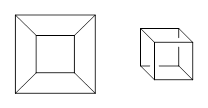
Figure 1. Two drawing of cubane
For another example, the drawing on the left of Figure 2 nicely captures the relative stereo relationships within D-glucose, but the drawing on the right adds in the fact that the cyclohexyl ring is in a chair conformation. Which drawing is better? Well, it likely is in the eye of the beholder, and the context of the chemistry at hand.
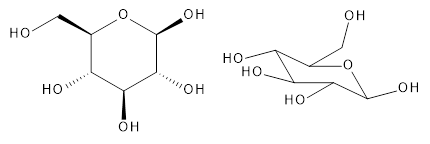
Figure 2. Two drawings of D-glucose.
Frączek has reported on an automated procedure for creating aesthetically pleasing 2-D drawings of chemical structures.1 The method involves optimizing distances between atoms projected onto a 2-D plane, along with rules to try to keep atom lengths and angles similar, and symmetrical rings, and minimize overlapping bonds. He shows a number of nice examples, especially of natural products, where his automated procedure PSM (physical simulation method) provides some very nice drawings, often noticeably superior to those generated by previously proposed schemes for preparing drawings.
Using the web site he has developed (http://omnidepict.p.lodz.pl/), I recreated the structures of some of the molecules I have discussed in this blog. In Figure 3, these are shown side-by-side to my drawings. My drawings were generally done with MDL/Isis/Accelrys/Biovia Draw (available for free for academic users) with an eye towards representing what I think is a suitable view of the molecule based on what I am discussing in the blog post. For many molecules, PSM does a very nice job, sometimes better than what I have drawn, but in some cases PSM produces an inferior drawing. Nonetheless, creating nice chemical drawings can be tedious and PSM offers a rapid option, worthy of at least trying out. Ultimately, what we decide to draw and publish is often an aesthetic choice and each individual must decide on one’s own how best to present one’s work.
|
My Drawing |
PSM |
|
|
|
|
|
|
|
|
|
|
|
|
|
|
|
|
|
|
|
|
|
|
|
|
|
|
|
|
|
|
|
|
|
|
|
|
|
|
|
Figure 3. Comparison of my drawings vs. drawing made by PSM.
References
1) Frączek, T., "Simulation-Based Algorithm for Two-Dimensional Chemical Structure Diagram Generation of Complex Molecules and Ligand–Protein Interactions." J. Chem. Inform. Model. 2016, 56, 2320-2335, DOI: 10.1021/acs.jcim.6b00391.

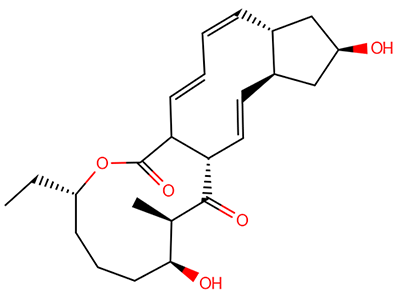
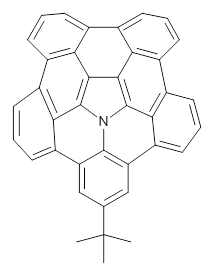
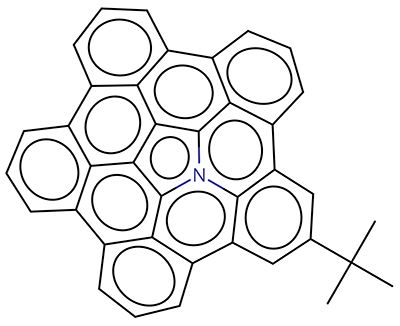
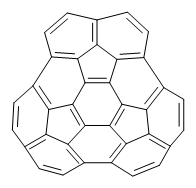
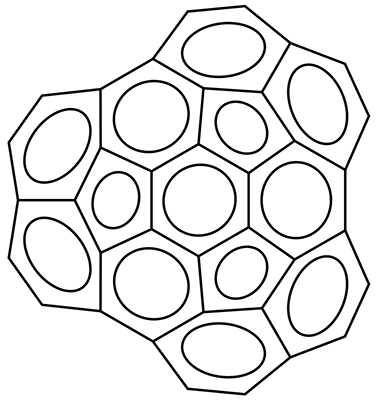
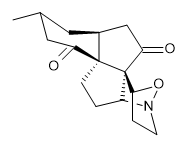
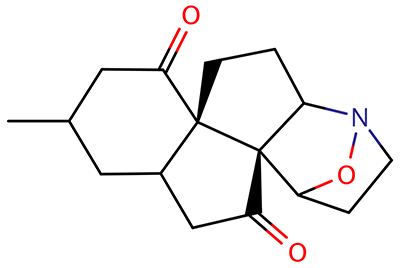
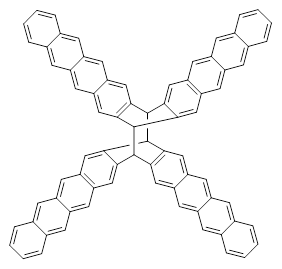

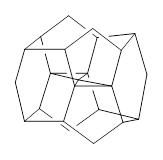


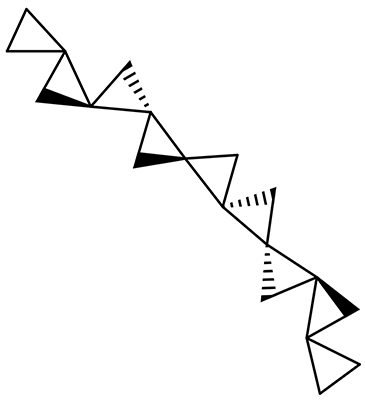
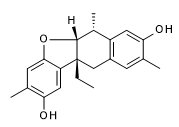
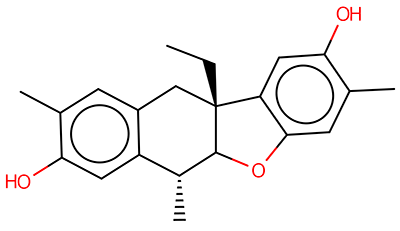
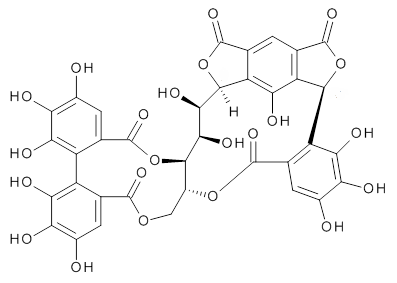
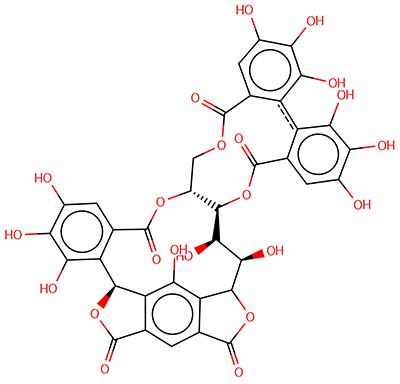

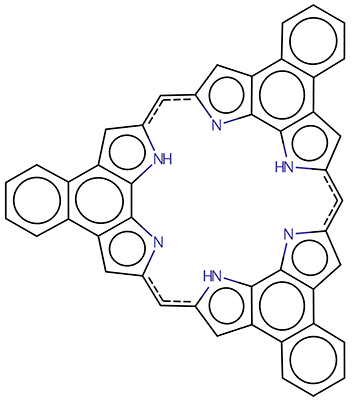
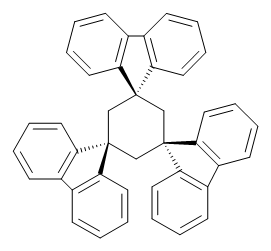
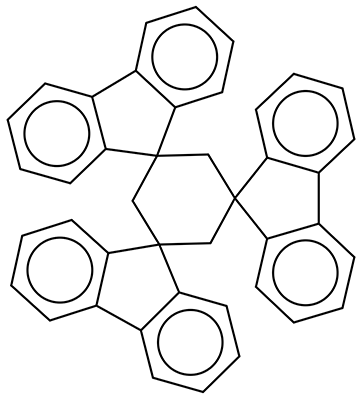
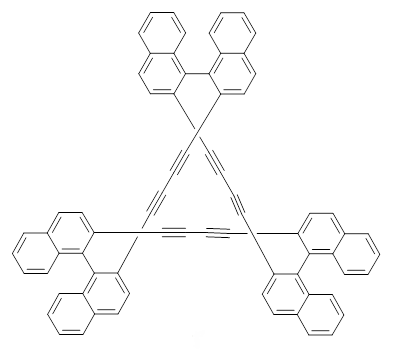
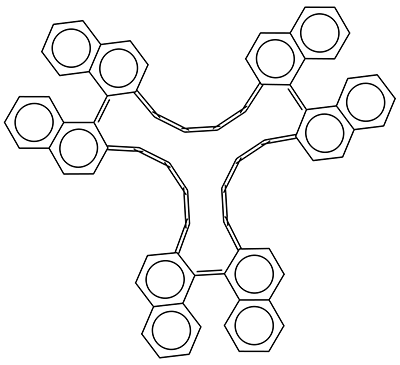
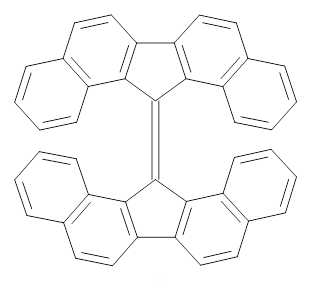
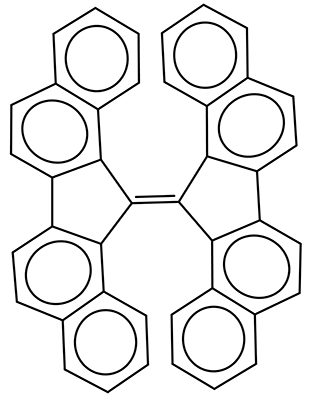

Henry Rzepa responded on 22 Mar 2017 at 3:43 am #
The concept of an optimised layout of 2D structures goes back a while. I first came across it around 1975, in a project done by Paul Weiner. He was playing with minimisation algorithms obtained from chemical engineers and associated with MINDO/3. This code was amongst the first to use such algorithms to perform geometry optimisations. Paul thought it might also work for 2D layout optimisations, and a vaguely recollect him trying a number of small to medium sized molecules. I don’t think this work was ever published.
Re: MDL/Isis/Accelrys/Biovia Draw, it seems there is no macOS version (Windows only?), which might limit its appeal to many synthetic chemists.
Final question: Can either MDL/Isis/Accelrys/Biovia Draw or that from http://omnidepict.p.lodz.pl/ save the structures in SVG? I use only SVG myself nowadays for the blog, since it rescales so nicely for a variety of different devices with different form factors. I notice your structures actually come out rather oversized on this post and it would be nice to use a format that could easily rescale upwards (the usual standard for 2D chemical structures, ChemDraw and ChemDoodle both output in SVG, and pretty much all web browsers now reliably support it).
Henry Rzepa responded on 22 Mar 2017 at 3:52 am #
Just verified that SVG can indeed be generated using http://omnidepict.p.lodz.pl/. Also noticed that the underlying engine is powered by ChemAxon.
Henry Rzepa responded on 22 Mar 2017 at 4:27 am #
Steve,
Could you show the systems with potentially aromatic rings what happens when you turn “aromatization” off? The second and third structures in particular do not deserve the aromatic circle for EVERY ring. I think there is a “dearomatisation” option which produces a Kekule form. For naphthalene for example, the program produces a result that resembles the infamous “two circle” representation which Robert Robinson showed in the early days a bit too closely (the correct form of course is one circle with a butadiene for the second ring). By and large I think the program should be used mostly in the dearomatized mode.
Henry Rzepa responded on 22 Mar 2017 at 4:30 am #
Re: SVG and Chemdraw/ChemDoodle, I checked this assertion, finding in fact that the latest versions do not produce SVG directly. One needs to save as encapsulated PS, and that is easily then converted to SVG by e.g. Scribus.
Henry Rzepa responded on 24 Mar 2017 at 4:57 am #
I have repeated structures 2 and 3 in the list above using “dearomatise” as an option. The results are very similar to the ones shown on the left. I had been wondering if the code would try stochastically to permute all possible Kekule structures (of which there are probably many) but in fact the algorithm did not do this.